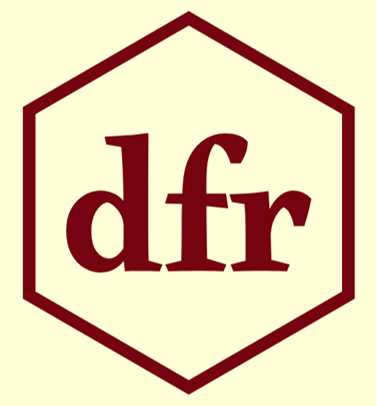

Implementation of the Dual Feature Reduction (DFR) approach for the Sparse Group Lasso (SGL) and the Adaptive Sparse Group Lasso (aSGL). The DFR approach is a feature reduction approach that applies strong screening to reduce the feature space before optimisation, leading to speed-up improvements for fitting SGL models. DFR is implemented using the Adaptive Three Operator Splitting (ATOS) algorithm, with linear and logistic SGL models supported, both of which can be fit using k-fold cross-validation. Dense and sparse input matrices are supported.
A detailed description of DFR can be found in Feser, F., Evangelou, M. (2024). “Dual feature reduction for the sparse-group lasso and its adaptive variant”.
SGL was proposed in Simon, N., Friedman, J., Hastie, T., Tibshirani, R. (2013). “A Sparse-Group Lasso”.
The adaptive SGL is described in Mendez-Civieta, A., Carmen Aguilera-Morillo, M., Lillo, R. (2020). “Adaptive sparse group LASSO in quantile regression” and Poignard, B. (2020). “Asymptotic theory of the adaptive Sparse Group Lasso”.
You can install the current stable release from CRAN with
install.packages("dfr")Your R configuration must allow for a working Rcpp. To install a develop the development version from GitHub run
library(devtools)
install_github("ff1201/dfr")The code for fitting a basic DFR-SGL model is:
library(dfr)
groups = c(rep(1:20, each=3),
rep(21:40, each=4),
rep(41:60, each=5),
rep(61:80, each=6),
rep(81:100, each=7))
data = sgs::gen_toy_data(p=500, n=400, groups = groups, seed_id=3)
model = dfr_sgl(X = data$X, y = data$y, groups = groups, alpha = 0.95)where X is the input matrix, y the response
vector, groups a vector containing indices for the groups
of the predictors, and alpha determines the convex balance
between the lasso and group lasso.
The impact of screening can be seen by turning off the screening rules:
no_screen = system.time(model <- dfr_sgl(X = data$X, y = data$y, groups = groups, alpha = 0.95,screen=FALSE))
screen = system.time(model_screen <- dfr_sgl(X = data$X, y = data$y, groups = groups, alpha = 0.95,screen=TRUE))
c(no_screen[3], screen[3]) For DFR-aSGL, run
For DFR-aSGL, run
library(dfr)
groups = c(rep(1:20, each=3),
rep(21:40, each=4),
rep(41:60, each=5),
rep(61:80, each=6),
rep(81:100, each=7))
data = sgs::gen_toy_data(p=500, n=400, groups = groups, seed_id=3)
model = dfr_adap_sgl(X = data$X, y = data$y, groups = groups, alpha = 0.95, gamma_1 = 0.1, gamma_2 = 0.1)where gamma_1 and gamma_2 determine the
shape of the adaptive penalties. Again, we can see the impact of
screening
no_screen = system.time(model <- dfr_adap_sgl(X = data$X, y = data$y, groups = groups, alpha = 0.95, gamma_1 = 0.1, gamma_2 = 0.1, screen=FALSE))
screen = system.time(model_screen <- dfr_adap_sgl(X = data$X, y = data$y, groups = groups, alpha = 0.95, gamma_1 = 0.1, gamma_2 = 0.1, screen=TRUE))
c(no_screen[3], screen[3])